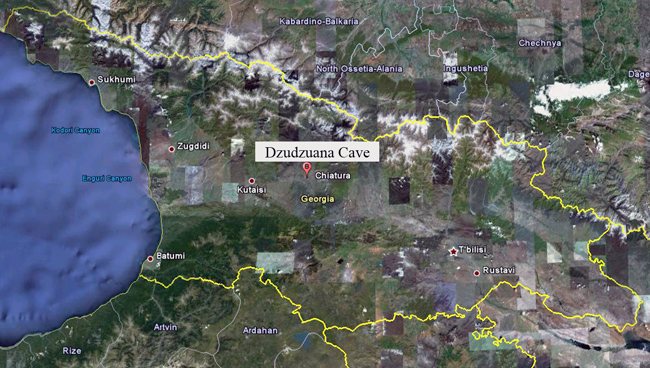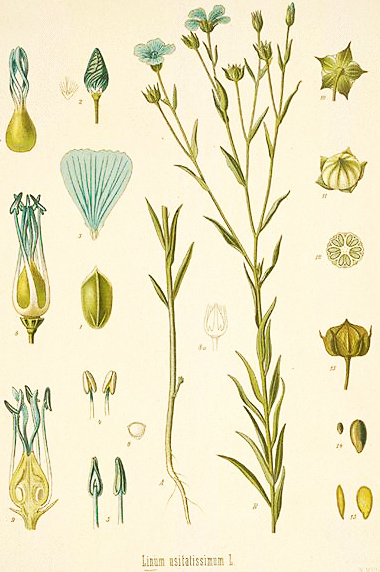Old Cloth
Today, old cloth. The University of Houston's College of Engineering presents this series about the machines that make our civilization run, and the people whose ingenuity created them.
How old is pottery -- or the wheel, or agriculture, or any other ancient technology. The dates tend to move back in time with improved dating and new archaeology. Take cloth: In 1993 I did a program on the oldest known woven fabric. At the time we'd thought cloth was first made 7000 years ago, and a new finding had just changed that to nine thousand years. Two years later, I had to report fresh evidence of cloth from 26,000 years ago.
The problem is; cloth is biodegradable. We don't expect to find actual fabric; instead we look for circumstantial evidence that it existed. Until recently the oldest fabric we'd known about had left an imprint on fired clay. But now archaeologists studying a cave in the country of Georgia have a new kind of evidence.
Their site, just north of the Kvirila River, has been opening new windows into the past. As scientists dig further and further into Dzudzuana Cave, the Bronze Age gives way to the Age of Copper, and then to various epochs in stone.

The new evidence has appeared in a stratum dated some 34,000 years ago. It contains hundreds of flax fibers, alongside typical Stone Age tools. Fibers alone don't necessarily mean fabric. They've been twisted, as though to make thread. Of course that was most likely done to create baskets, twine, or nets. And yet these people could also have been making cloth. You see, there's more to these fibers.
They've not only been twisted into threads, many have also been dyed. The most frequent colors are turquoise, black, and pink. (That's an odd, but popular, combination today. When I Google those three colors, I get seven million hits.) And dyes of those colors could all have been made from available materials.
By the way, the archaeologists also found wool from the wild goat called a tur -- also dyed. Fabric isn't just suggested by all those dyed fibers. Another kind of evidence supports the possibility: the plentiful micro-remains of beetles and moths. Both are pests that typically attack plant-based fabrics.
Clothing of leaves and animal skins is much older than fabric. Current thinking places it over a hundred thousand years ago -- three times older than even these flaxes. In fact, some evidence suggests that clothing could go back as far as a half-million years. Here again, bugs enter the picture. Body lice survive only on clothed humans. Their appearance forms circumstantial evidence that helps to date clothing itself.
So exactly what did the people in Dzudzuana Cave do with their flax? We'd been improving means for covering ourselves for a long time by then. Did they sew their animal skins with pretty-colored threads? Or did they actually weave fabric? The idea of cave dwellers wearing pink and turquoise fabric jolts our sense of primordial history. It is a stretch; but we have to be reminded, over and over, how easily we underestimate those who came before us.
I'm John Lienhard at the University of Houston, where we're interested in the way inventive minds work.
See M. Balter, Clothes Make the (Hu)Man, & E. Kvavadze et al., 30,000-Year-Old Wild Flax Fibers. Science, Vol. 325, Sep. 11, 2009, pg. 1329 & 1359. (The dating puts these fibers between 31 and 36,000 years old.
See also the About.com article about the Dzudzuana flax.
Images: Above, Google Earth view of Georgia indicating the approximate location of Dzudzuana Cave in the foothills of the Caucasus Mountains. Below, drawings of the flax plant from an 18th- or 19th-century book. Source unknown.
